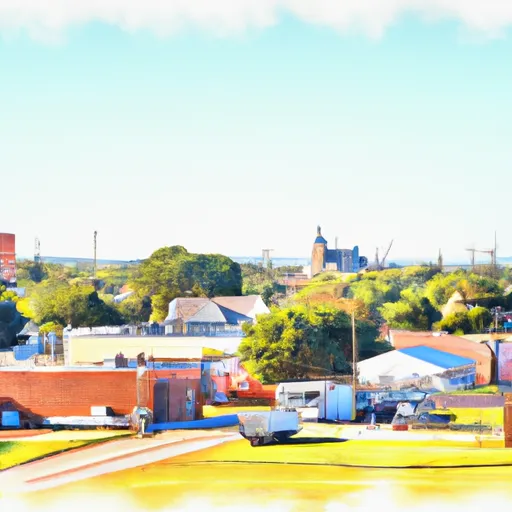°F
°F
mph
Windspeed
%
Humidity











Hillister is a small town located in Tyler County, Texas. The climate in Hillister is characterized as humid subtropical, with hot summers and mild winters. Summers are usually hot and humid, with temperatures often reaching the mid to high 90s Fahrenheit. Winters are generally mild, with temperatures rarely dropping below freezing.
Hydrology constituents in Hillister primarily include the Neches River and its tributaries. The Neches River is one of the major waterways in Texas and provides a source of water for various recreational activities and wildlife habitats in the area.
Hillister offers several outdoor recreation opportunities for residents and visitors alike. The town is surrounded by beautiful natural landscapes, including forests and lakes, making it an ideal location for outdoor enthusiasts. Fishing, boating, and swimming are popular activities in the area, with several lakes and rivers nearby. Additionally, there are numerous camping and hiking opportunities available in the surrounding state parks and national forests. Hillister's natural beauty and diverse outdoor recreation opportunities make it an attractive destination for nature lovers and adventure seekers.
Weather Forecast
Hillister receives approximately 1427mm of rain per year, with humidity levels near 80% and air temperatures averaging around 20°C. Hillister has a plant hardyness factor of 8, meaning plants and agriculture in this region tend to thrive here all year round.
Regional Streamflow Levels
158
Cubic Feet Per Second
1,000
Cubic Feet Per Second
7,250
Cubic Feet Per Second
36
Cubic Feet Per Second
Nearby Camping
| Camping Area | Reservations | Toilets | Showers |
|---|---|---|---|
| Winnie - Stowell County Park | |||
| Martin Dies State Park | |||
| Rollover Pass | |||
| Campers Cove - Town Bluff Reservoir | |||
| Lake Tejas City Park | |||
| Magnolia Ridge - Town Bluff Reservoir |



